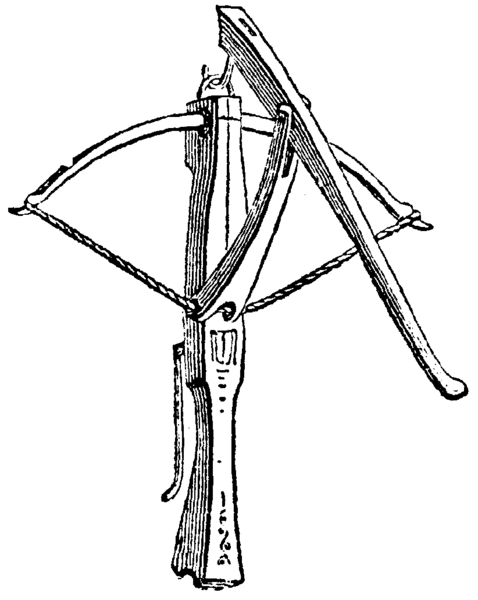Medieval Castle Defense and Assault
Listen to the audio of this post here:
“How to Build a 13th-Century Castle From Scratch“
For the full “History Unplugged” podcast, click here!
The feudal system depended on protecting farms and the countryside, and the key to a kingdom’s defense was its castle. Likewise, taking over a kingdom meant conquering its castles, and doing so was the most challenging aspect of medieval warfare. Medieval castle defense was very important.
The main methods of attacking a Medieval Castle were:
- Fire
- Battering Rams
- Ladders
- Catapults
- Mining
- Siege
Fire
Fire was the best way to attack the early Motte and Bailey castles since they were made entirely of wood. The fire might be started by building a bonfire against the outer wooden fence (palisade) or, more usually, by archers shooting fire-arrows into the castle. As the fire spread through the castle those living inside would be forced to leave allowing the attackers to take them prisoner or kill them. This was one of the reasons why Motte and Bailey castles were soon replaced by Stone Keep castles. Fire has little effect on a stone castle.
Battering Ram
The thick stone walls of the Stone Keep castles were difficult for men to knock down. Although pickaxes could be used against castles with thinner walls, it would take a very long time to knock a hole through a castle with very thick walls. The battering ram was particularly useful since the weight of several men would be put behind it. This would make it a considerable force that could seriously weaken and possibly destroy doors or walls.
Medieval Castle Defense: Ladders
Ladders were used by those attacking a castle to climb over the walls and fight the castle inhabitants within the castle walls. However, ladders had the disadvantage of leaving the man climbing the ladder subject to attack by arrow, boiling water or oil, or by being thrown to the ground if the ladder was pushed away from the wall. To prevent this type of attack the Belfry or Siege Tower was developed.
The Belfry was a large structure on wheels that could be pushed up to the castle walls. Ladders inside the Belfry allowed attackers to climb to the top under cover and get into the castle. Castle owners prevented this type of attack by piling earth up against the castle walls so that the Belfry, which was on wheels, could not be pushed near to the castle.
Medieval Castle Defense: Catapult
A variety of catapults or siege engines were developed during the Middle Ages to fire stones, fireballs or other objects such as dead sheep, cattle, or plague victims, at the castle walls or into the castle itself. This type of catapult works by twisting rope as tightly as possible so that it acts like elastic when the arm is released.
Medieval Castle Defense: Mining
A good way of attacking a stone castle was through mining. Attackers would dig a tunnel underground up to the castle walls, under the gatehouse if possible. They would then set a charge and make an explosion which would make the walls crumble and collapse. The advantage of mining was that the attack could not be seen by those living in the castle. However, if those inside the castle were aware that attackers were mining underground, they would often mine from the castle to meet the attackers underground and there would be a sword battle.
Medieval Castle Defense: Siege
Another good way of attacking a stone castle was by placing it under siege. Attackers would surround a castle with both men and catapults so that no one could enter or leave the castle. Sieges could last for months, usually until the inhabitants of the castle ran out of food and were starving. One of the castle owner’s main line of defence against siege was to send all women, children, old, weak and sick people out of the castle. This meant that only those strong enough to fight off attackers remained in the castle and that the food supply would last much longer.
This article is part of our larger selection of posts about the medieval period. To learn more, click here for our comprehensive guide to the Middle Ages.
This article is part of our larger selection of posts about Medieval Life. To learn more, click here for our comprehensive guide to Medieval Life.
For more information on medieval castle defense and assault, and other counter-intuitive facts of ancient and medieval history, see Anthony Esolen’s The Politically Incorrect Guide to Western Civilization © 2008. You can find it at Amazon or Barnes & Noble.
You can also check it out by clicking on the buttons to the left.
Cite This Article
"Medieval Castle Defense and Assault: How Did It Work?" History on the Net© 2000-2024, Salem Media.
April 28, 2024 <https://www.historyonthenet.com/medieval-life-attacking-and-defending-a-castle>
More Citation Information.

